Drought tolerant plants can save you time, money, and heartache. Here are 21 drought resistant perennials and their special properties.
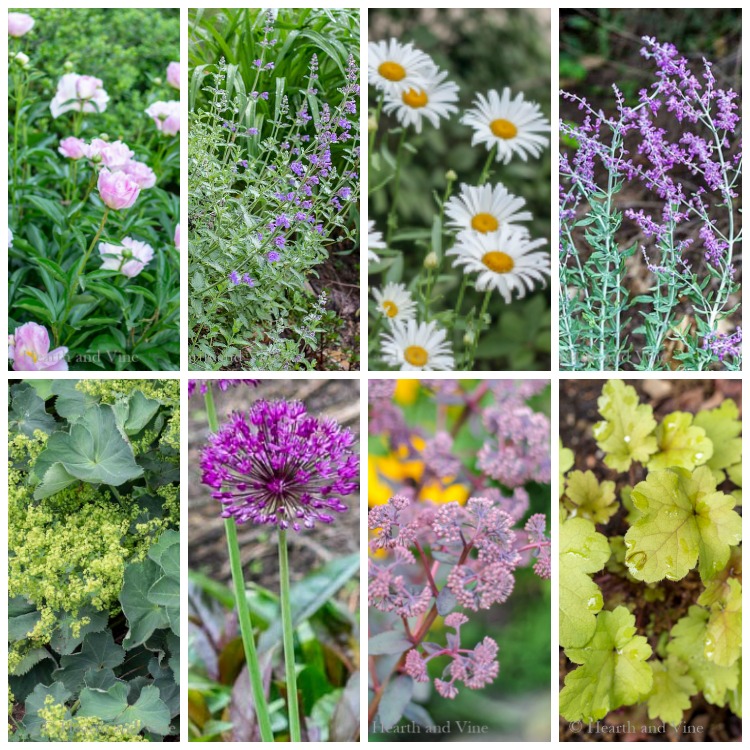
Where I live, the weather can really vary. Some seasons we get a lot of rain and sometimes we have a heat wave. Then there are issues like summer vacations and life getting in the way. That's when it helps to have drought tolerant plants.
Today I'm sharing 21 drought resistant plants. All of which are perennials that grow in my garden. I've included the USDA zone hardiness range that they grow best in, their light requirements, their general height and width, and the time of year in which they bloom.
In some cases, I've given you a specific variety of the plant in the photo, but you should be good with any variety in the species.
21 Drought Tolerant Plants
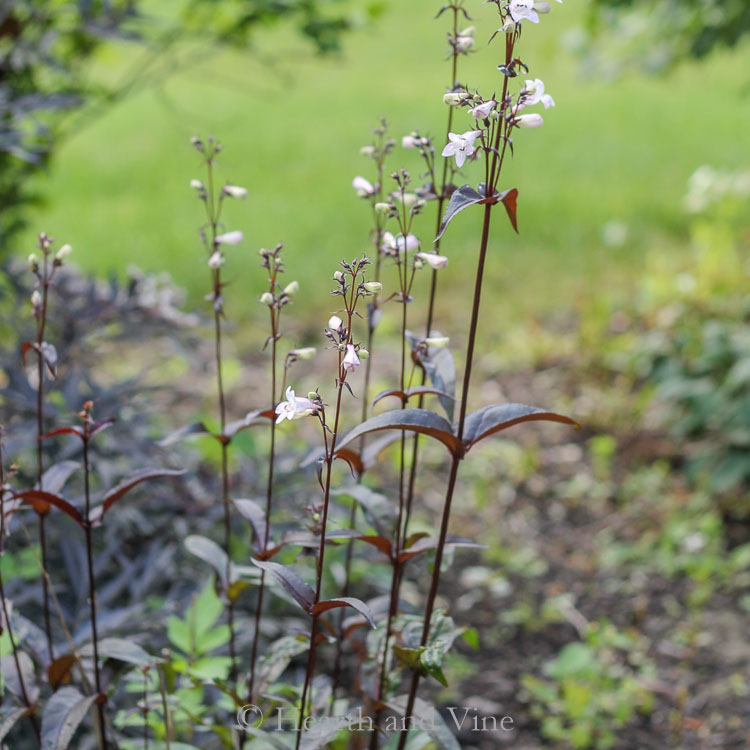
Beardtongue – Penstemon digitalis 'Husker Red'
Zones: 3 – 8
Sun: Full Sun
Size: 3 feet tall by 2 feet wide
Blooms: April – June

Black Eyed Susan – Rudbeckia hirta 'Indian Summer'
Zones: 3 – 7
Sun: Full Sun
Size: 3 feet tall by 2 feet wide
Blooms: June - September
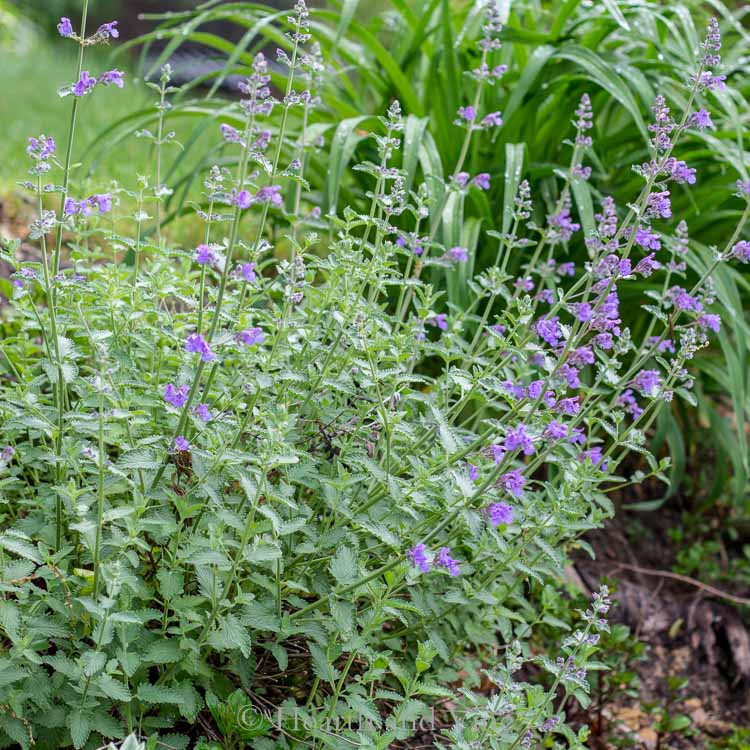
Catmint – Nepeta recemos 'Walkers Low'
Zones: 4 – 8
Sun: Full Sun to Part Shade
Size: 2.5 feet tall by 3 feet wide
Blooms: April – September

Purple Coneflower – Echinacea purpurea
Zones: 3 – 8
Sun: Full Sun to Part Shade
Size: 3 feet tall by 2 feet wide
Blooms: June - August

Coral Bells – Heuchera 'Creme Brulee'
Zones: 3 – 8
Sun: Full Sun to Part Shade
Size: 1.5 feet tall by 1 foot wide
Blooms: June - July
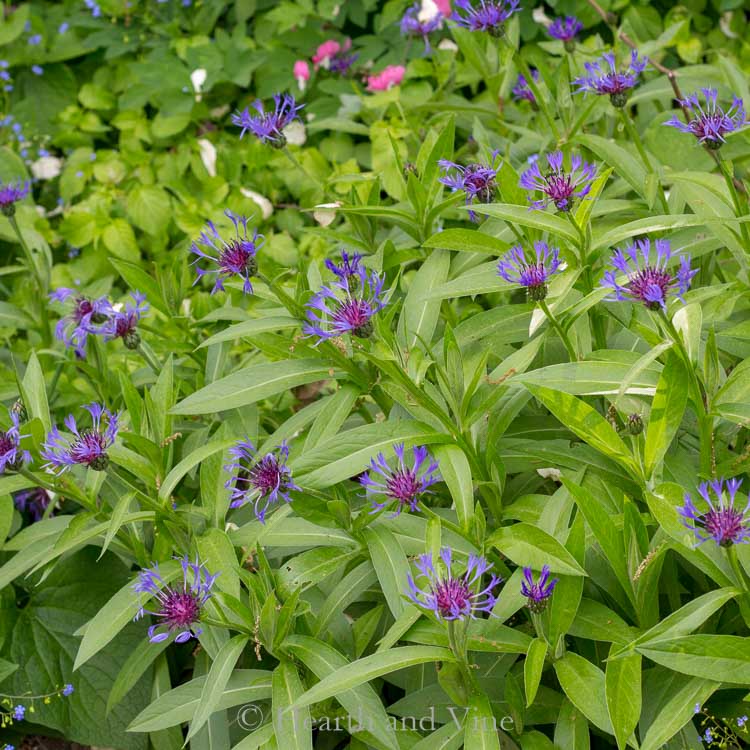
Cornflower – Centaurea montana
Zones: 3 – 8
Sun: Full Sun
Size: 2 feet tall by 1.5 feet wide
Blooms: May - June
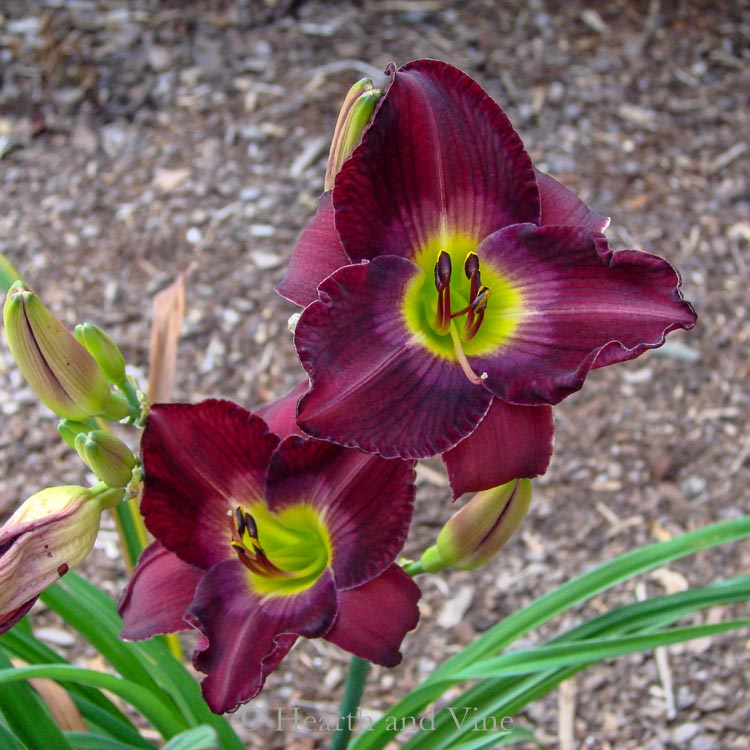
Daylily – Hemerocallis
Zones: 3 – 9
Sun: Full Sun to Part- Shade
Size: 2-4 feet tall by 2 feet wide
Blooms: July - Aug
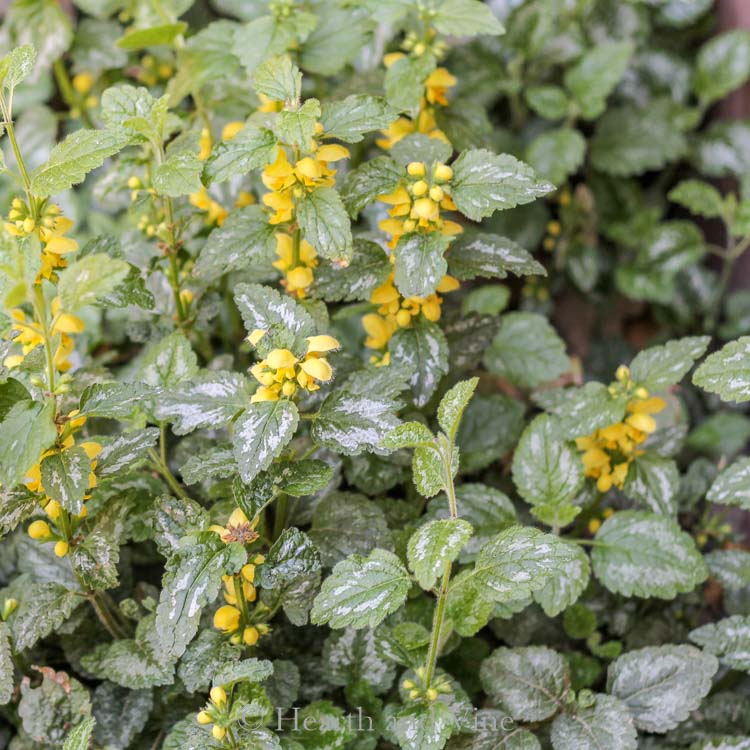
Yellow Archangel – Lamium galeobdolon
Zones: 4 – 9
Sun: Full Sun
Size: 2 feet tall by 2 feet wide
Blooms: June
Note: Lamium galeobdolon is considered a noxious weed in western Washington State and other areas of the Pacific Northwest where it has escaped cultivation and invaded forested areas.
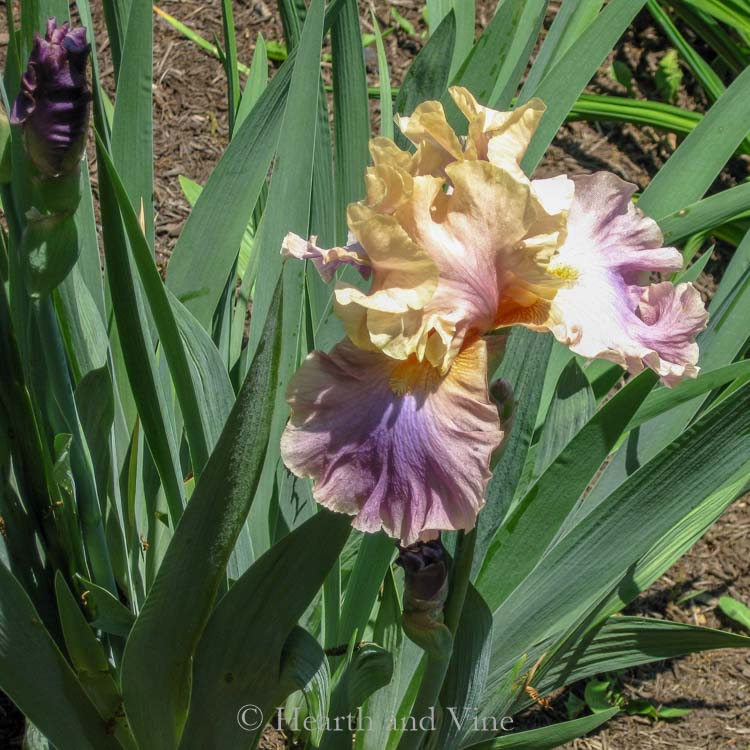
Bearded Iris - Iris germanica
Zones: 3 – 10
Sun: Full Sun
Size: 3 feet tall by 2 feet wide
Blooms: May
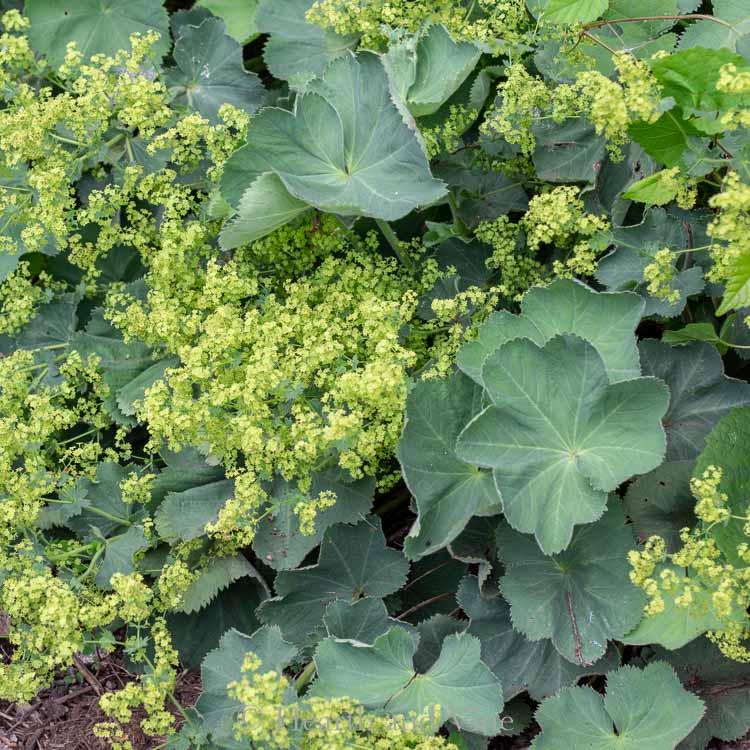
Lady's Mantle – Alchemilla mollis
Zones: 3 – 8
Sun: Full Sun to Part Shade
Size: 1.5 feet tall by 2.5 feet wide
Blooms: June
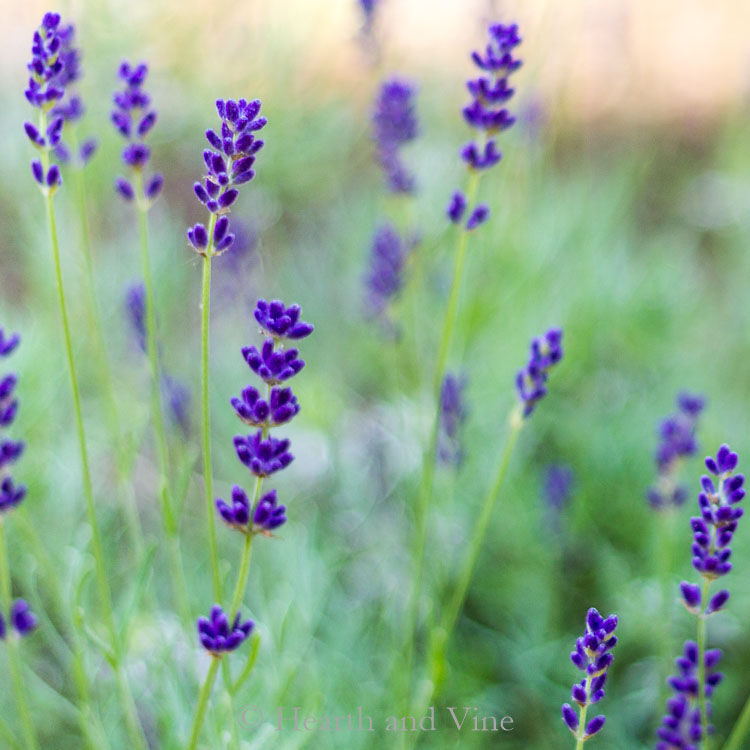
English Lavender – Lavandula angustifolia 'Hidcote'
Zones: 5 – 8
Sun: Full Sun
Size: 1.5 feet tall by 1.5 feet wide
Blooms: June - August
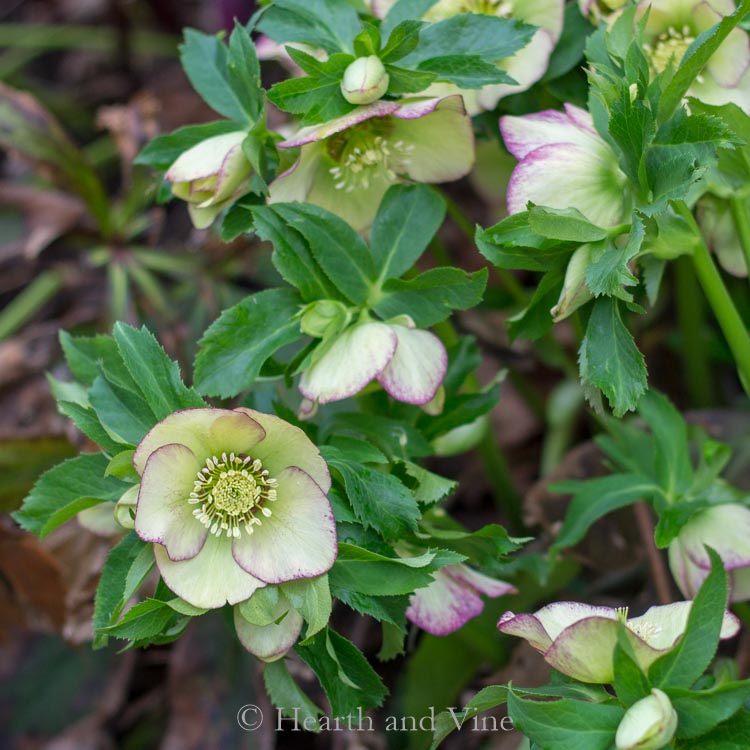
Lenten Rose – Helleborus
Zones: 4 – 9
Sun: Part Shade to Full Shade
Size: 1.5 feet tall by 1.5 feet wide
Blooms: April
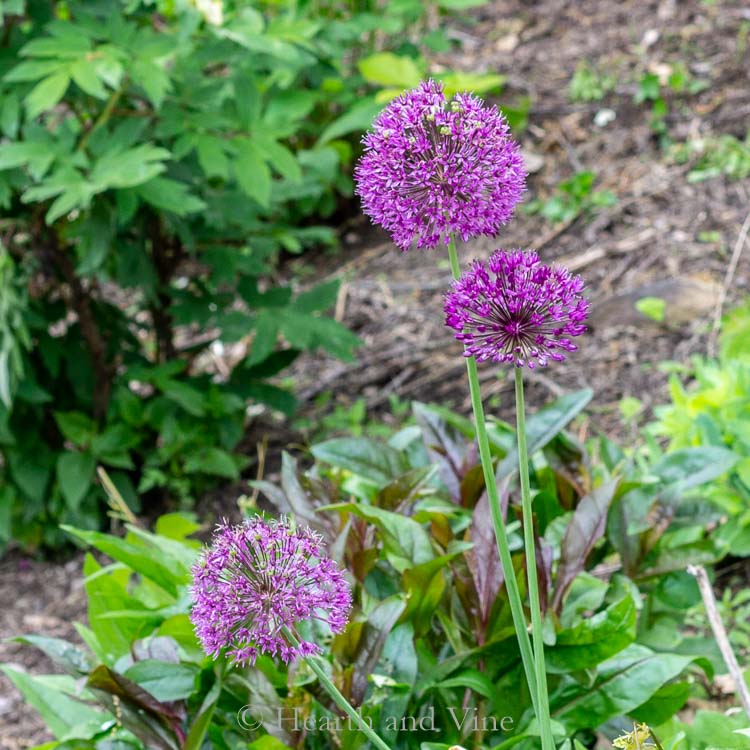
Ornamental Onion – Allium 'Purple Sensation'
Zones: 4 – 9
Sun: Full Sun to Part Shade
Size: 2.5 feet tall by 1.5 feet wide
Blooms: May - June
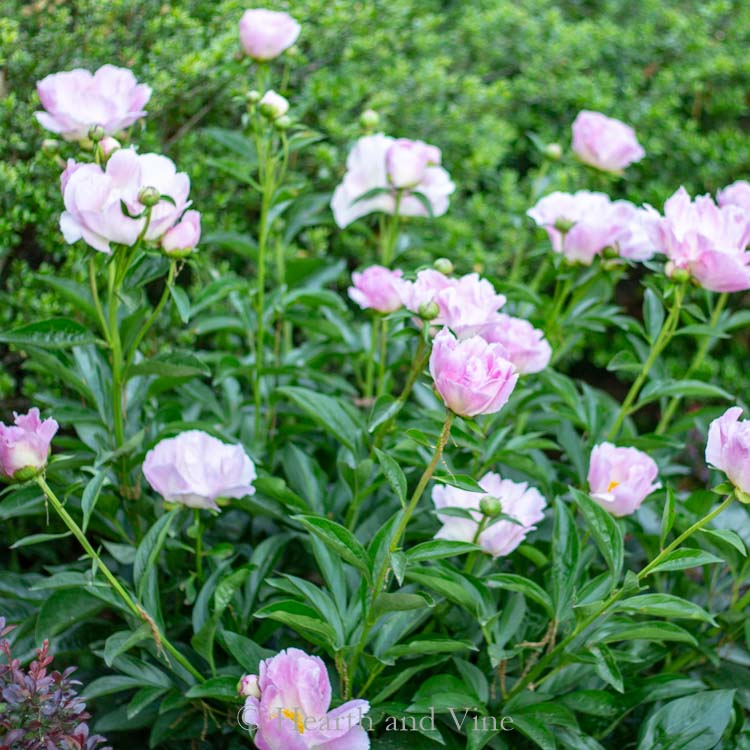
Pink Single Peony – Paeonia lactiflora
Zones: 3 – 8
Sun: Full Sun to Part Shade
Size: 3 feet tall by 3 feet wide
Blooms: May
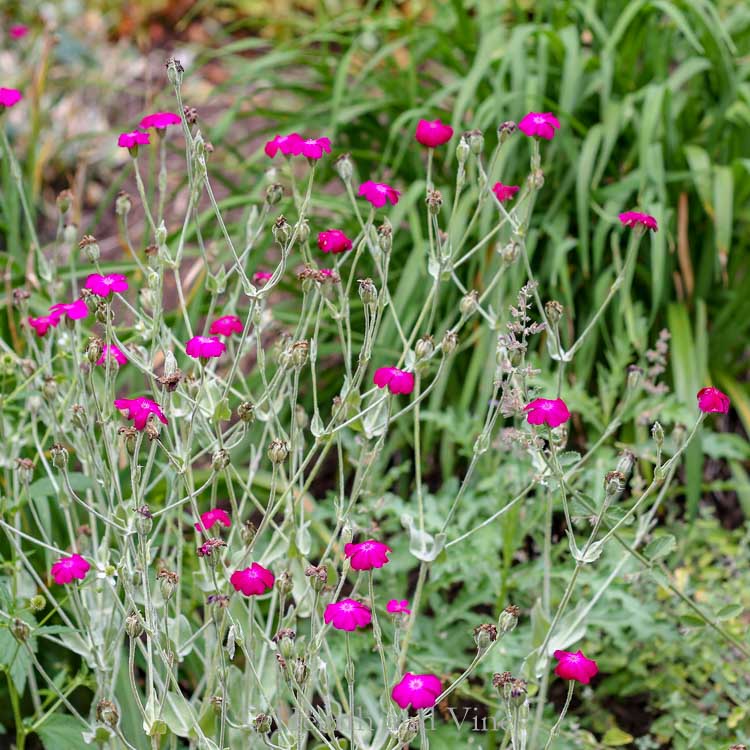
Rose Campion – Lychnis coronaria
Zones: 4 – 8
Sun: Full Sun
Size: 3 feet tall by 1.5 feet wide
Blooms: May - June
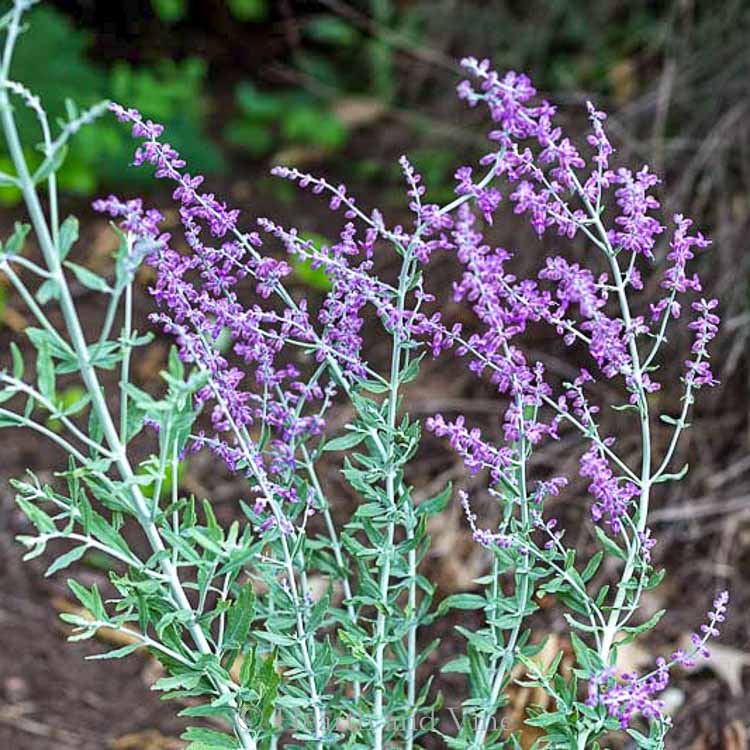
Russian Sage – Perovskia atriplicifolia
Zones: 5 – 9
Sun: Full Sun
Size: 4 feet tall by 4 feet wide
Blooms: July - Oct

Sage – Salvia sylvestris 'May Night'
Zones: 4 – 8
Sun: Full Sun
Size: 2 feet tall by 1.5 feet wide
Blooms: May - June
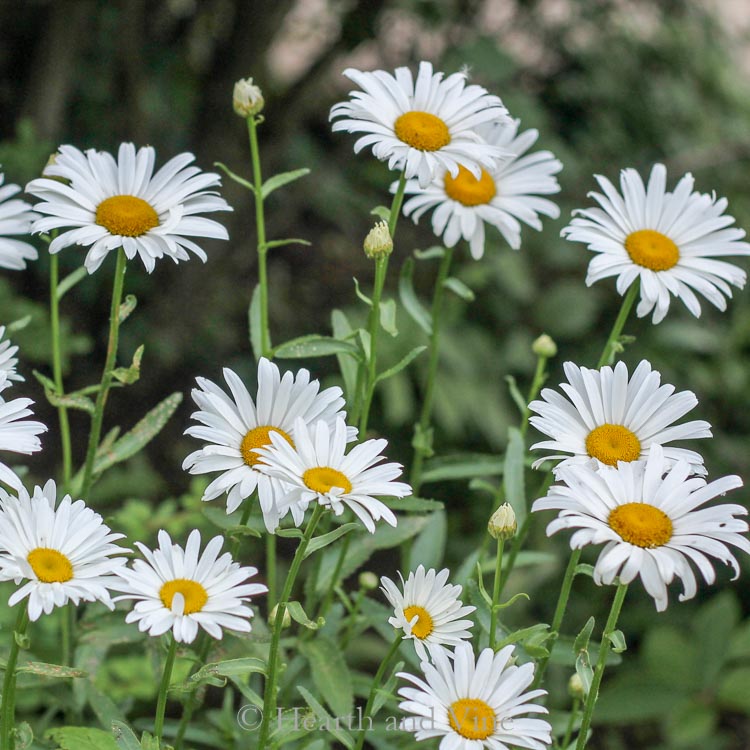
Shasta Daisy – Leucanthemum superbum
Zones: 5 – 9
Sun: Full Sun
Size: 4 feet tall by 3 feet wide
Blooms: July- September
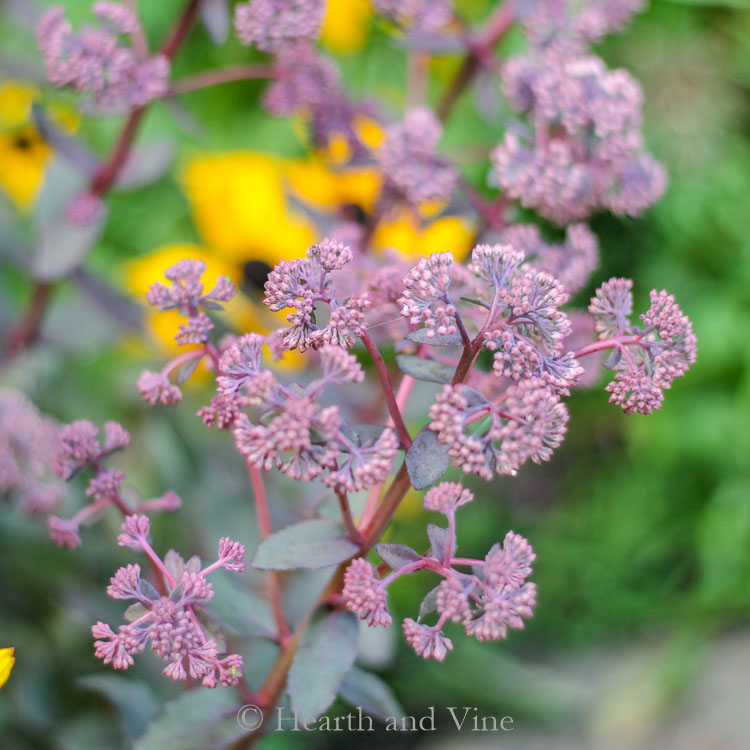
Stonecrop – Sedum 'Maestro'
Zones: 3 - 9
Sun: Full Sun
Size: 2.5 feet tall by 2 feet wide
Blooms: August - September

Tickseed – Coreopsis verticillata 'Moonbeam'
Zones: 3 – 9
Sun: Full Sun
Size: 2 feet tall by 2 feet wide
Blooms: June - August
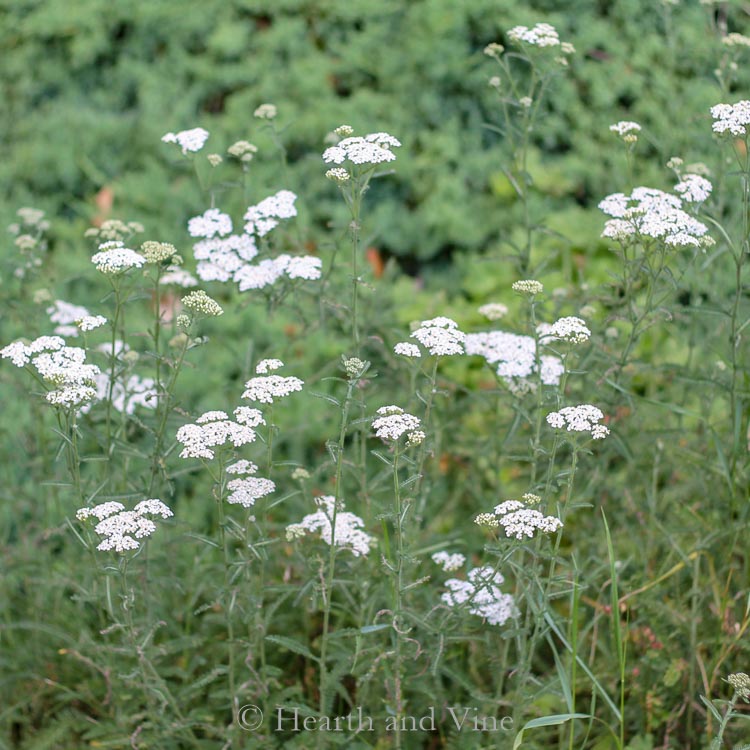
Yarrow – Achillea millefolium
Zones: 3 – 9
Sun: Full Sun
Size: 3 feet tall by 3 feet wide
Blooms: June - September

Drought tolerant plants are definitely something you should consider planting in your garden. They are great workhorses and typically easy to grow. After all, we all get too busy to remember to water our plants now and then. And you never know what crazy weather will come during the growing season.
P.S. You may also be interested in this list of 10 long blooming plants or if you have a shady yard you may like my 7 out of the ordinary shade perennials article. You can find these and much more on my Gardening Page.
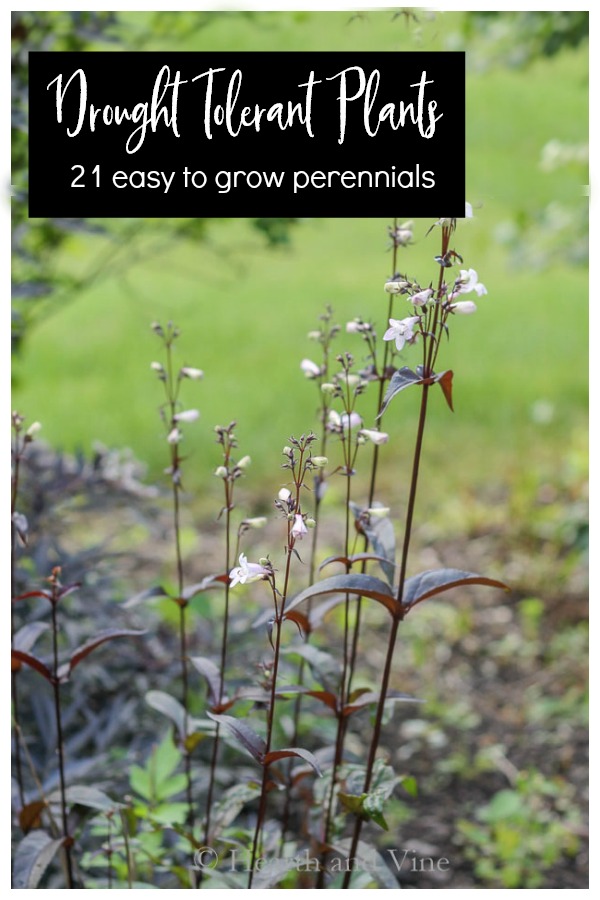
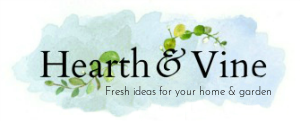

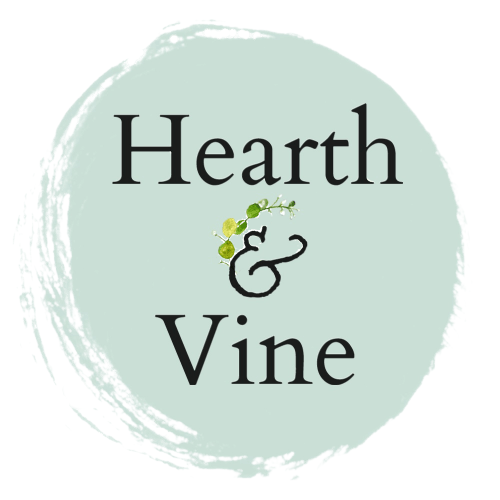
stephanie
Please do not recommend Yellow Archangel to anyone or put it in your garden. It is so invasive and so hard to remove. It will take over and you will not be happy! PLEASE!!! Remove this from your recommendations. I spent years trying to eradicate this from my yard. It is so hard to dig out! It will kill/overpower the rest of your plants and grow into your neighbor's yard, and they will not be happy either! PLEASE PLEASE PLEASE!!!
Patti Estep
Stephanie Yellow Archangel was planted by the previous owner in the back of our house over 20 years ago. I have not found it to be invasive at all. However, after I read your comment I found that it is indeed considered a noxious weed in other parts of the country so I will note that in the post.
marli junkes
A altura do Hemerocalis está incorreta.
Patti Estep
Oh yes! 24 feet is quite large! It should read 2 - 4 feet tall. Thanks for letting me know.
Carole West
This is a fantastic list of perennial options. Made me think about getting another color of day lilies to mix with my yellow ones. I'm pretty much done planting at our homestead because we only plan to live there until our project is done. I"m saving this for a future reference because it would be great to have a perennial bed at our next place.
Patti Estep
Thanks Carole, you can never have too many daylilies, or any plants in my opinion and there are so many beautiful hybrids now the choices are endless.